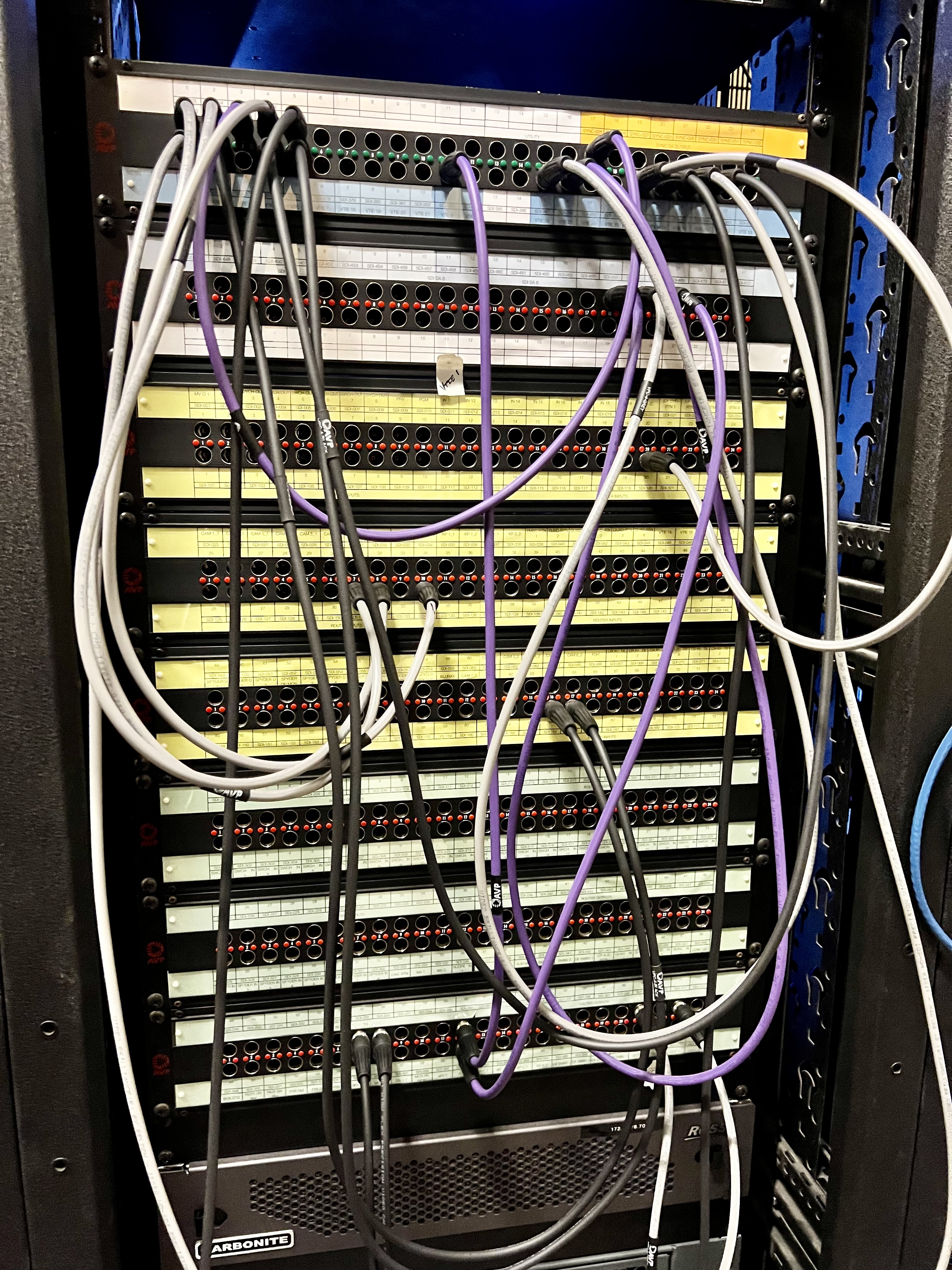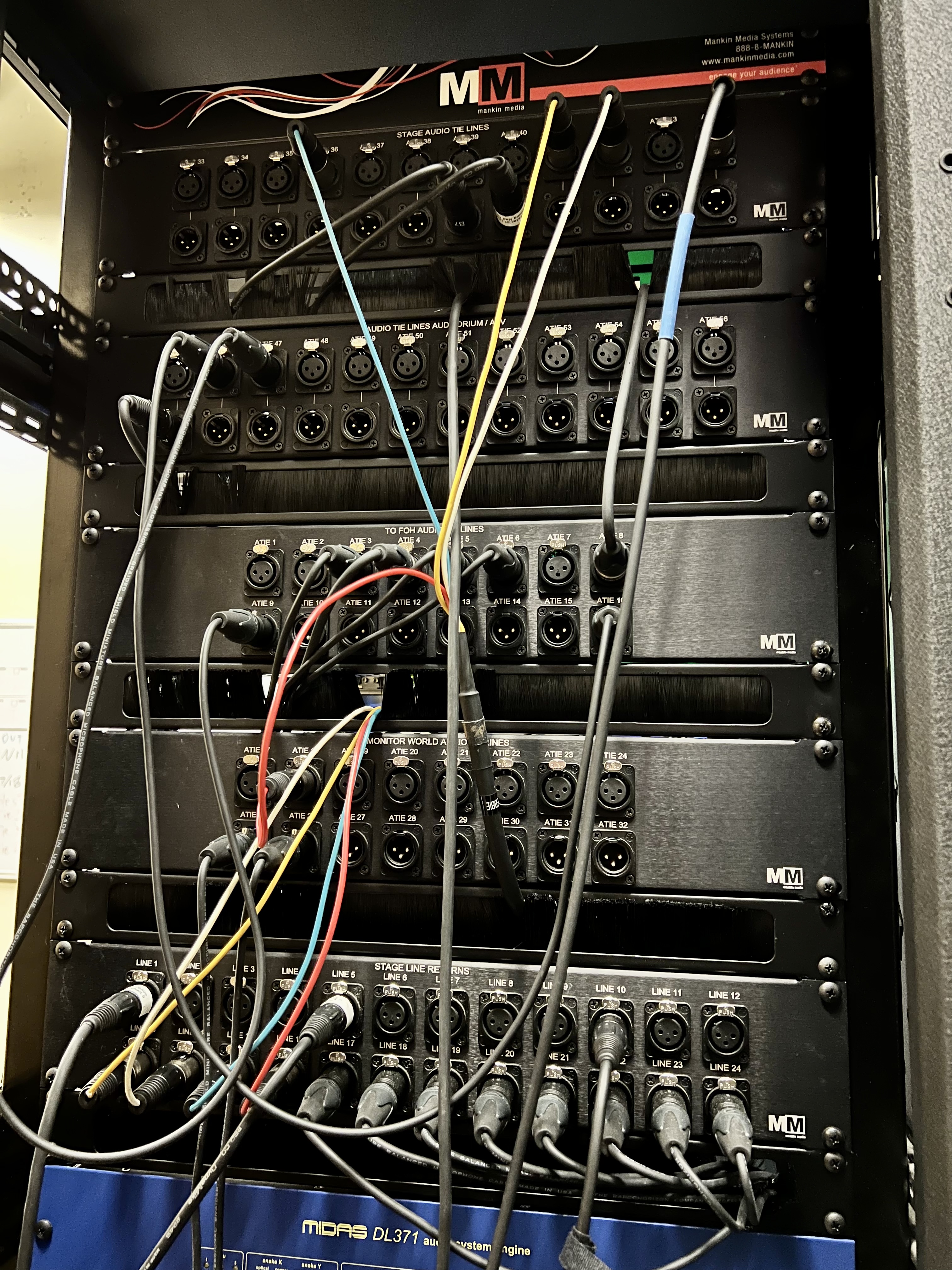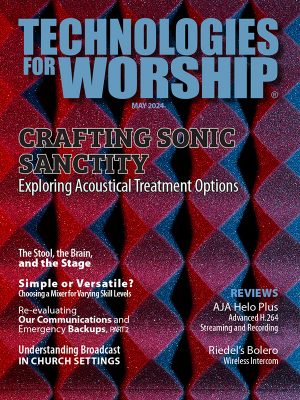By Andres Caamano
For houses of worship, when considering buying new audio equipment, taking a long-term vision is a wise path to follow. If newly purchased gear can serve a ministry well for a decade, avoiding wholesale change, that vision has been successful.
Finding the right equipment, though, that seamlessly fits into the church’s audio universe, is easier said than done. Helping to get there, can be done by working with the church’s pastors and good visionary leadership. Having a solid grasp on where your house of worship is headed technologically and musically is a crucial road map. A ten-year plan is key to avoid buying gear every few years, because it ends up being an ill fit.
Among the wisest courses of action when applying a long-term vision, is to “stay within an ecosystem,” noted production manager Debbie Keough of Water of Life Community Church, based in Fontana, California. By doing so, it offers flexibility for the staff, where “one can expand to the remaining components. In a nutshell, if I purchase something, can the components work with the manufacturer’s newest models?”
Even with solid direction from your church’s pastors and leadership, communicating with an integrator over system planning is helpful. “I will try to do research on my own but talking to an integrator who’s been in the business for quite some time is beneficial,” explained Brandon Salyer, technical director at Shadow Hills Church in Las Vegas. “Otherwise, you risk buying the wrong product that you want to fit in.”

What Types of Gear can be Future Proof?
For a church’s audio system, there are a wide array of places where installed gear can offer “future proofed” capabilities.
“A lot of excellent conventional equipment, such as microphones, or good quality speakers, is gear that tends to last quite a bit,” explained Adrian Gates, media director of Crossroads Community Church in Fitchburg, Massachusetts. “That includes the Shure SM58, a bread-and-butter microphone. I’ve had them for 20 or so years … they’re not changing. I might change the grille, not the microphone.”
With technology changing so rapidly these days, it’s challenging to find gear with a 10-year or longer lifespan. When searching for such gear, account for potential future needs, instead of what you just need today. “Do you see yourself moving from 24 to 48 channels in 10 years?” asked Keough. Even if a 24-channel console meets your needs today, that would be a poor decision, “if you currently see a need for 36.”
When selecting for the long-term, look to technology where “you’ll want to train volunteers to use it properly,” explained Gates. “If you want committed volunteers, and have the capital to buy something more sophisticated, buy with that in mind.”
Taking the time to train your volunteers on such equipment has numerous benefits. “You need to have someone who knows what they’re doing and passes that to those below them,” said Salyer. “If I go on vacation, I’d rather not get a call Sunday morning, when I’m off.”
In searching for the ideal long-term equipment, some gear might be better suited than others. “For the manufacturer that you’re choosing, being committed to updates or upgrades is key,” she noted. Avoid products at the end of their life cycle, regardless of price point. Disappointment often soon follows.

Among Advancements, Dante Stands Out
Beyond just seeking “future proofed” hardware, Brian Dunaway, director of communications and technology at Cross Church in Springdale, Arkansas suggested software-based equipment. Especially equipment offering plenty of expandability. At Cross Church, following worship space upgrades, “we hand (the old gear) down to other ministries. As a result, it improves those spaces,” he noted. “If (that gear) stalls you in one area, it can end up lifting up another. Be aware of the church’s long-term vision, so you aren’t buying and trashing equipment every few years.”
Among the recent technological advancements, one particularly valuable one within audio gear is Dante networking.
“Down the road, this is the future of audio, based on where technology is,” added Dunaway. “All of our systems are Dante networked, which doesn’t hem us into one audio console.” What makes such enabled gear so beneficial, Dunaway explained, is that “you can do so much more with network audio, that you can’t do with analog audio.”
The strides made over the past 15 years with network audio, particularly with Dante, adds up to it being “a standard that will be around for some time,” noted Gates. A few years ago, “there was a question of what standards would prevail, which makes investments hard in those situations.”
Dante has been particularly beneficial for Shadow Hills Church, explained Salyer. “We send signals with Dante to different parts of our campus and everywhere else. Dante Audio has made a huge leap to digitize audio and change the world.”
Long-Term Success Often Begins with a Well-Chosen Console
Outside of Dante-networked gear, Gates and Salyer referenced audio consoles as a valuable place to turn for “future proofed” gear. “I would definitely say the sound board, as that’s your biggest piece right there,” explained Salyer. In getting the fullest lifespan from your board, though, Salyer added, “you need to plan for what you’ll be doing in 10 years (finding a console capable of handling that future workload).”
To help get the most out of a console, its ability to work with plug-ins is a crucial factor. “A console shows its flexibility, by being able to handle anything that you can throw at it,” Salyer said. “People use plugins to enhance audio, so if your gear can’t handle it, you’ll be limited and be in trouble.”

Purchasing Decisions for Equipment
When planning out getting the most out of your audio gear, it’s best for churches to get out of “the bad habit of waiting until the last minute to replace things,” noted Keough. As churches continue dealing with supply chain challenges, “it may be best to order gear a year in advance. You don’t know if you are going to get what you want when you want it.” Without such preplanning, she added, “if you have a big console go down, how long will you rent something, until you get what you want?”
Not all suggested pieces for “future proofed” gear, though, have to be a big-ticket item, said Keough. “A simple XLR cable, that’s future proofed,” was one such item Keough referenced as an example. But not all XLRs are created equal, she cautioned. When looking to save a few dollars on XLR cables, one can then suffer through problematic cables. Not long after, it’s not uncommon to realize one would rather get “cables that could really last and be reliable. When I get one crappy cable, often I end up needing a half hour trying to figure out what’s wrong.”
It’s one thing for a church to mention wanting to be serious with “future proofing” the gear it uses. It’s another to aggressively seek to achieve that goal. Whether a church is a contemporary or a traditional church, the prospect of seriously meeting that goal, begins with “leadership, and how they want to allocate dollars,” explained Dunaway. “It does require you to think about the direction you’re on, and how to stay current and relevant.”
Thought Process Behind What to Purchase
There’s something to be said for what people come to expect during services, especially for where they live. “As I live in Vegas, people go to the shows and are blown away,” noted Salyer, pointing to the demands on Shadow Hills’ location. “If you want people to sing Holy, Holy, Holy, playing organ here, that’s not going to work well.”
How best to achieve change successfully can be done with leadership’s guidance, noted Keough. “I’ve seen traditional churches spend more money on gear than contemporary churches. It boils down to leadership culture. Some in leadership see value in the technology (from the outset), and others don’t, until the technology breaks.”
In looking to create a “future proof” template, that can be built on in future years, having flexibility is crucial. “Musical tastes can change, so you have to pivot along those lines,” explained Gates. “In picking out your system, you want pillars that will last, to build your system around.”
Andres Caamano is a writer and editor with nearly 20 years’ experience, including over four years bringing attention to the latest news in audio, video, and lighting technology for houses of worship.


